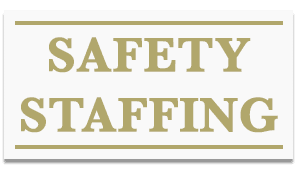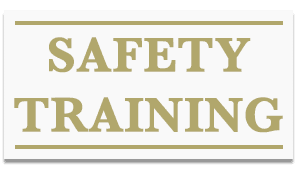Using TaBRA For Culture Change
 TaBRA (Task Based Risk Assessments) is a topic about which FDRsafety has written several times. Our previous blogs describe the “what,” “how, ” and “why” of the TaBRA method from a technical perspective. As we continue to work with clients, we’ve become more aware of how TaBRA can be used as an enabler for culture change regarding safety.
TaBRA (Task Based Risk Assessments) is a topic about which FDRsafety has written several times. Our previous blogs describe the “what,” “how, ” and “why” of the TaBRA method from a technical perspective. As we continue to work with clients, we’ve become more aware of how TaBRA can be used as an enabler for culture change regarding safety.
How It Works
Many workers don’t take proper steps during tasks. In our experience, our methodology leaves workers shaking their heads at the number of steps that they forget to identify on a regular basis. Our system accomplishes this through two phases:
Place workers in the lead roles and have them identify all the steps to a task:
- Before identifying hazards and risks, workers step through each element of the task, allowing them to get into the “cadence” of how the work is performed. They relax because they are the only one who knows how the task is performed.
- Missing steps could result in missing things that create hazard and risk as well as impact operational performance
- If an Alternative Method to LOTO is required, the operator steps are already defined with TaBRA
After they identify all the steps in the task, they:
- Identify the hazards and risks,
- Validate that the proposed risk reduction method(s) actually work in their real world, and
- Provide final validation of the final Alternative Method or SOP works. Remember, it is the worker who will train other new workers. The final procedure should be what they need.
Why It Works
The entire FDR TaBRA process is built around “respect for the worker.” When that happens, the worker knows it and “buy-in” is relatively easy. The team approach and outcome of the TaBRA System is not something that the worker “has to do.” Over the past decades, we have trained more than 500,000 employees in FDR’s Safety Awareness class. Results have proven that moving workers from “Have to” to “Want to” is a proven formula for changing behavior. The dilemma that management and workers face are the tasks where existing safety policies and procedures make the worker “fight the system” to accomplish their work.
An Example
An FDR safety team just finished a risk assessment where the highest element of risk for the defined task was getting to the local disconnect for LOTO. That was an eye-opener for the client who had been “putting up” with this hazard for two decades because the focus on LOTO overshadowed the issues of what it takes to actually lockout the equipment. TaBRA brings to life the adage “ the devil is in the detail”
Final Thoughts
If you want culture change, you must align worker and leader behavior for both safety and production. If you want to change behavior, you must first change attitudes. If you don’t get to the worker’s heart and mind, you will keep fighting the same battles over and over. If you want a change in attitude, you need to assure that your safety policies and procedures facilitate workers, management and union personnel dealing with real world issues to achieve both acceptable risk and compliance with OSHA.
Mike Taubitz spent many years in top positions at General Motors, including stints as Global Safety Director and Global Regulatory Liaison. He has a strong interest in lean manufacturing and its relationship to safety and in sustainability, and is recognized internationally for his expertise in machine guarding. He assists clients in creating efficient and effective safety programs, especially in manufacturing environments.
For a FREE consultation, please contact us.



